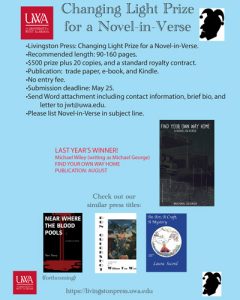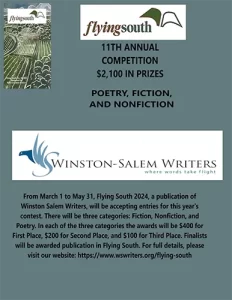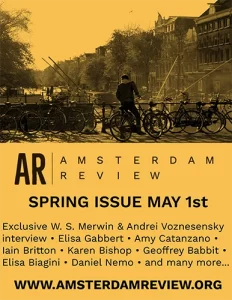Creative Nonfiction – 2009
Number 36
2009
Quarterly
Sima Rabinowitz
Lee Gutkind is right. His ledes (opening lines) are better. This issue’s theme is “First Lede, Real Lede” and in his introduction, Gutkind lets us know that the magazine’s editors have rewritten three of the eight essays’ ledes in search of the “real” (and more effective) beginnings. What’s more, he invites us to compare the originals and the new-and-improved ledes for ourselves, as the originals have been posted on the journal’s Web site. (All three are supposedly available, though only two had live links when I visited.) Creative Nonfiction’s revised ledes are so much better; in fact, I was all the more eager to know which of the other opening lines had also been revised. Alas, I’m left to wonder.
Lee Gutkind is right. His ledes (opening lines) are better. This issue’s theme is “First Lede, Real Lede” and in his introduction, Gutkind lets us know that the magazine’s editors have rewritten three of the eight essays’ ledes in search of the “real” (and more effective) beginnings. What’s more, he invites us to compare the originals and the new-and-improved ledes for ourselves, as the originals have been posted on the journal’s Web site. (All three are supposedly available, though only two had live links when I visited.) Creative Nonfiction’s revised ledes are so much better; in fact, I was all the more eager to know which of the other opening lines had also been revised. Alas, I’m left to wonder.
What I do not wonder about, however, is the sheer originality and creativity of these ledes. These essays do start with some of the best starts imaginable. Howard Mansfield’s “A Mapmaker’s Error,” the first piece in the issue, begins by considering beginnings: “First, three beginnings.” I don’t know what’s more appealing or enticing, that single, perfect line for Mansfield’s own small miracle of an essay, or the fact of beginning a collection highlighting beginnings with this beginning. Mansfield’s short, exquisitely composed essay is one of those rare family stories told with deft and distance, truly a work of art, from beginning to end.
Paul Bogard’s lede for his essay, “The Path and Pull of the Moon,” captures my interest in another way, by subverting my expectations about syntax: “The phases of the moon are seven – not counting ‘the new moon,’ which, for the most part, we don’t see – and all are gifts of sunlight.” It’s extraordinary what a simple inversion of order can create. Just consider “The moon has seven phases,” or “There are seven phases.” Nothing like Bogard’s poetry. And he uses the syntax deliberately to make us wait, because it’s not the seven phases he’s interested in so much after all, but the sunlight. The rest of the essay goes on to surprise and please as much as that first line.
One of the most exciting aspects of Ashley Butler’s essay, “Anechoic,” is the fact that her marvelous lede is not actually the most interesting part of the essay: “Houdini leans to rise from the sofa on which he has been reclining, and, in rising, receives a succession of punches to the lower abdomen.” The piece turns out, not as the first few pages would have us believe, to be about Houdini at all, but to be about her mother. No trick, just a magical touch when it comes to structuring the essay.
If all of this musing about beginnings must end somewhere, I can’t conclude this review, woefully inadequate because every essay deserves mention, without sharing the terrific opening of one of the essays revised by the journal’s editors: “Craziness runs in my family like a current under waters that swell and recede with the seasons,” from “Crazy Talk,” by Laurie Rachkus Uttich. (I would have considered another title so that the “crazy” in the first line is more powerful still.) The essay is crazy good.
[www.creativenonfiction.org]




